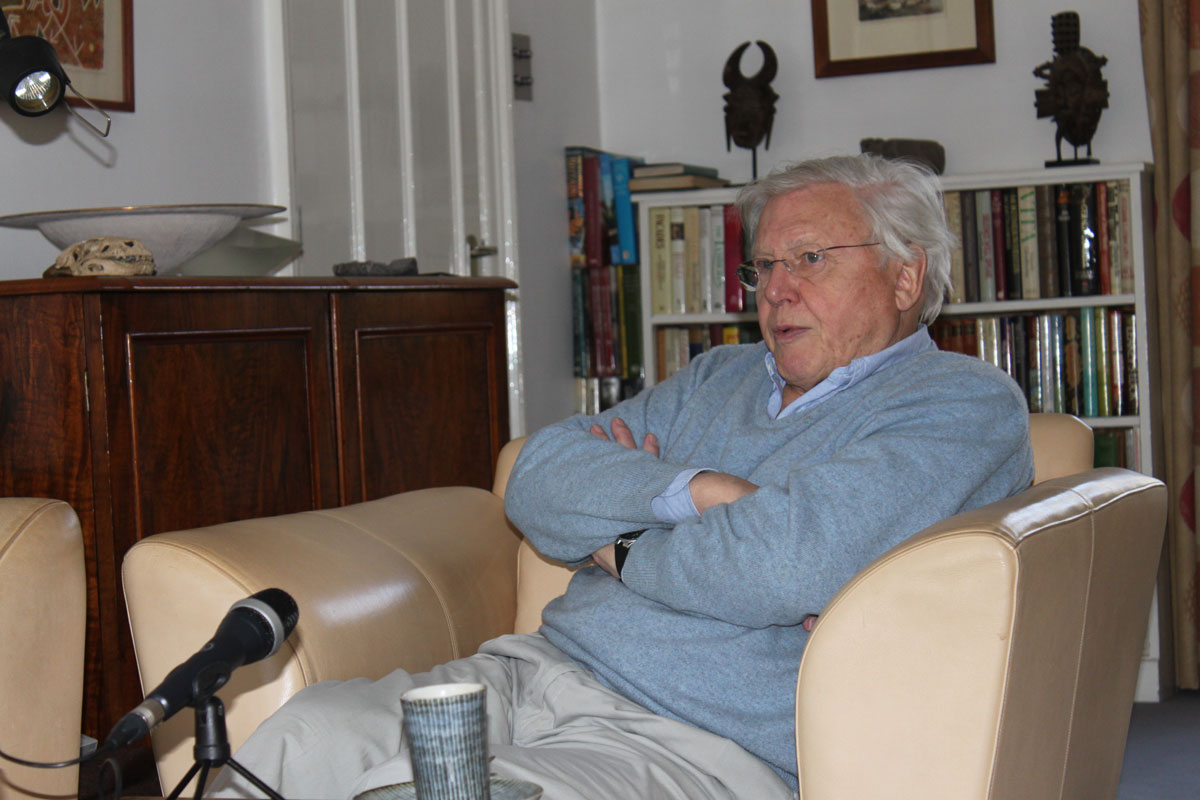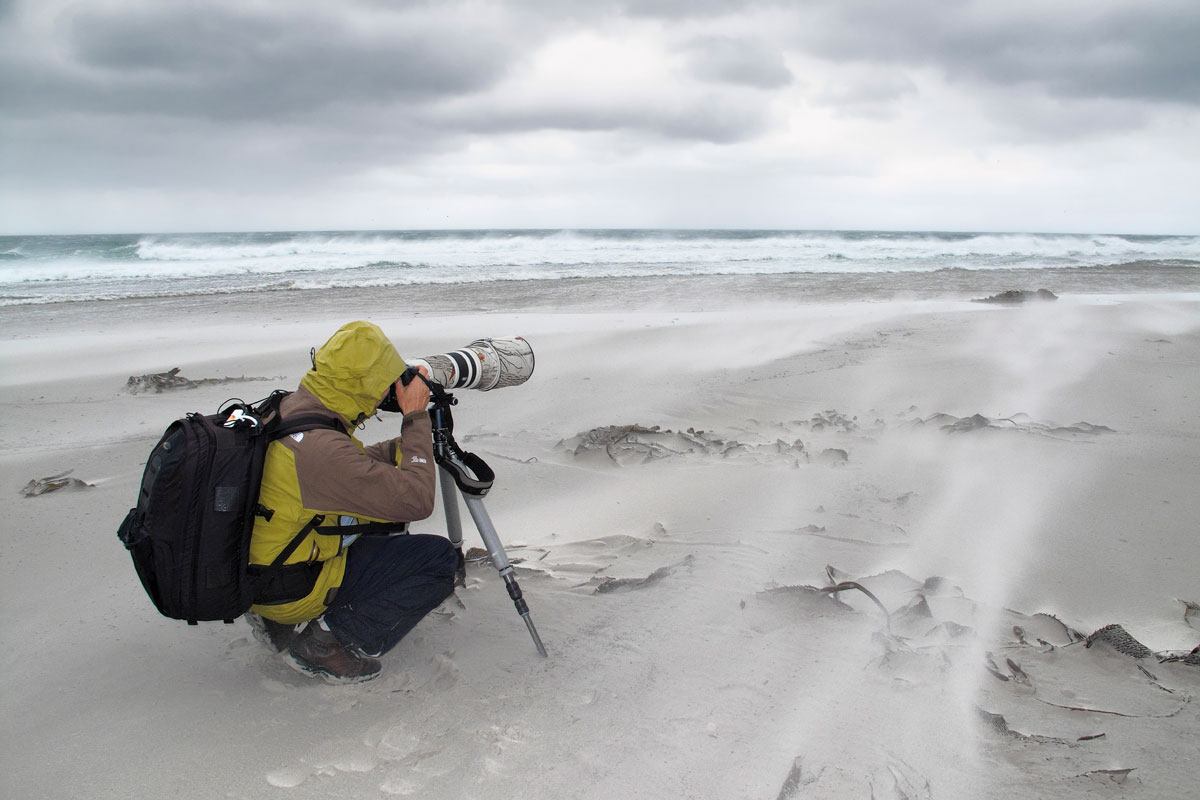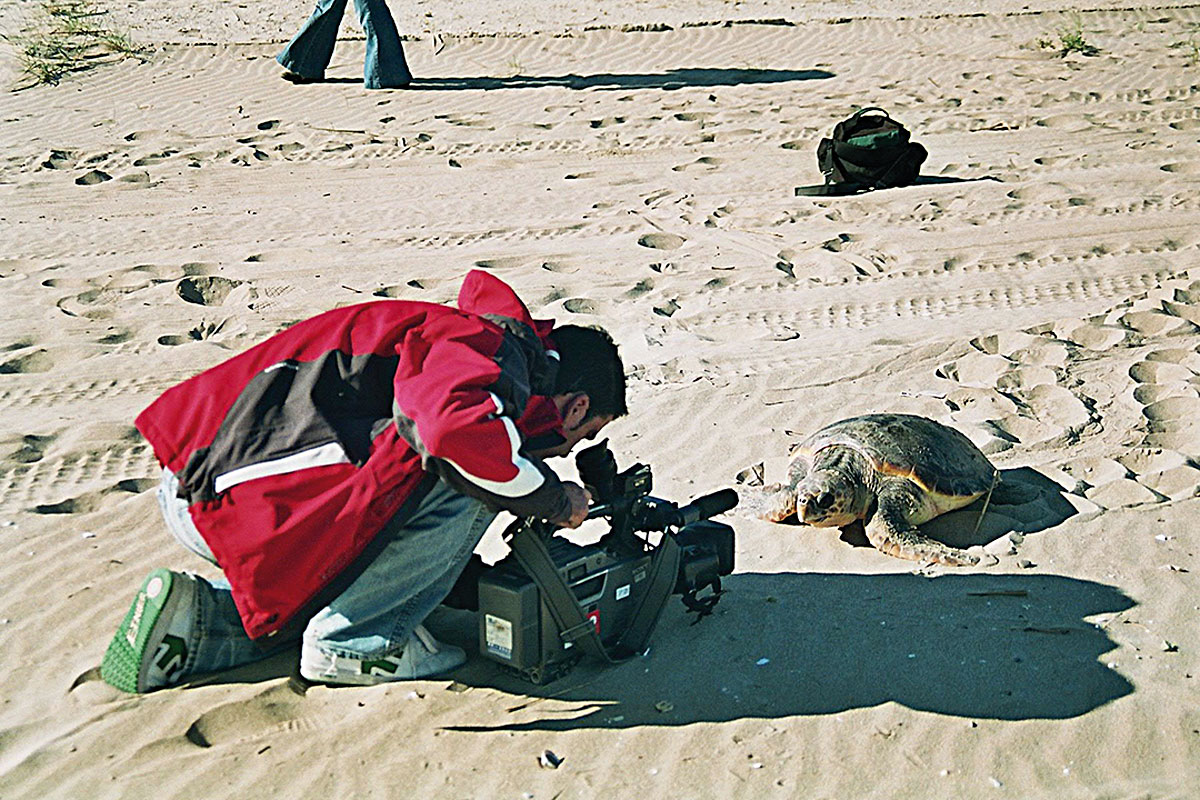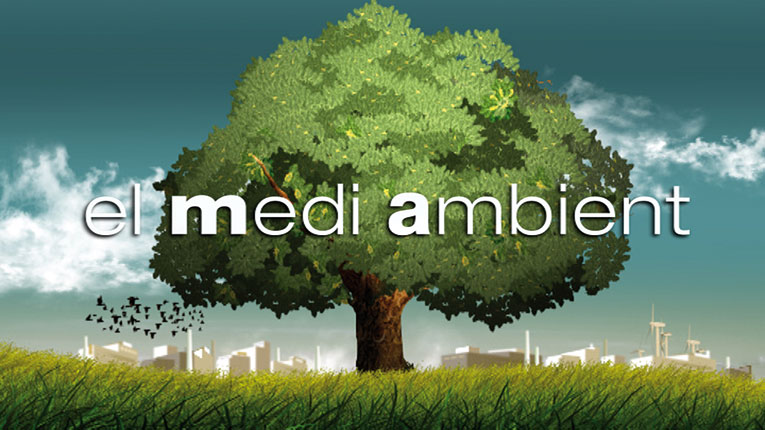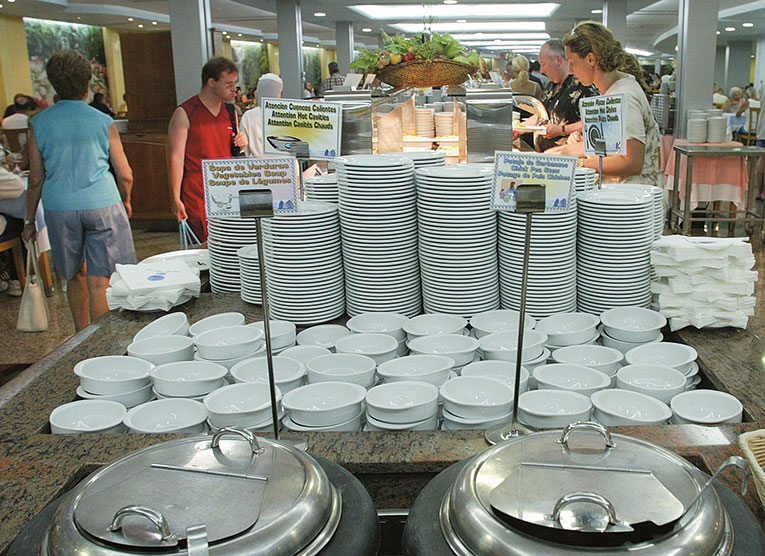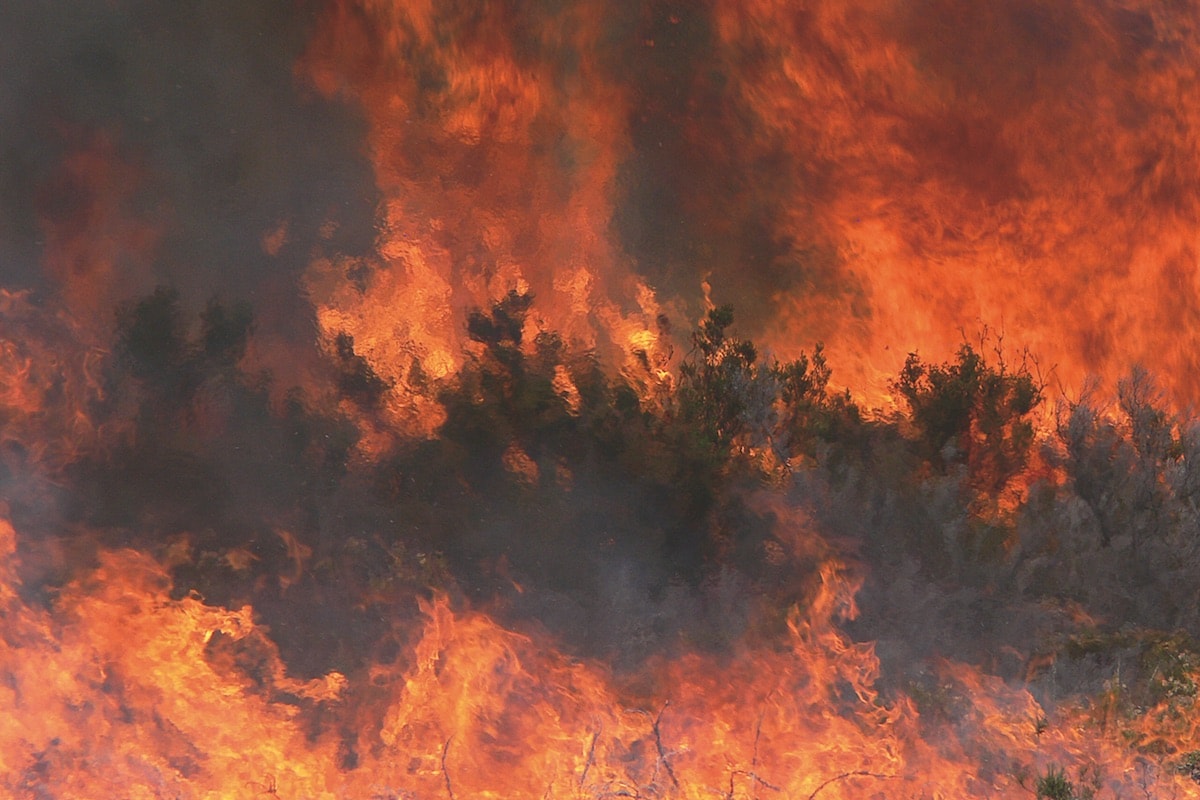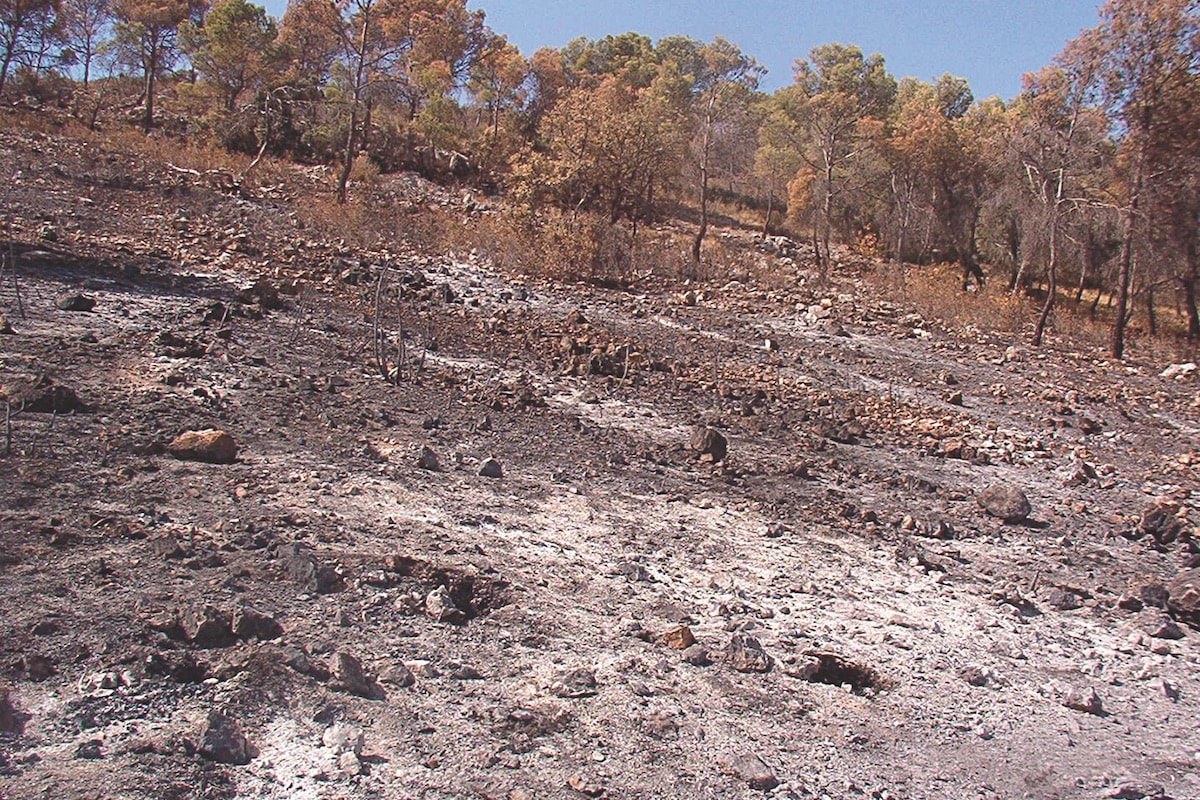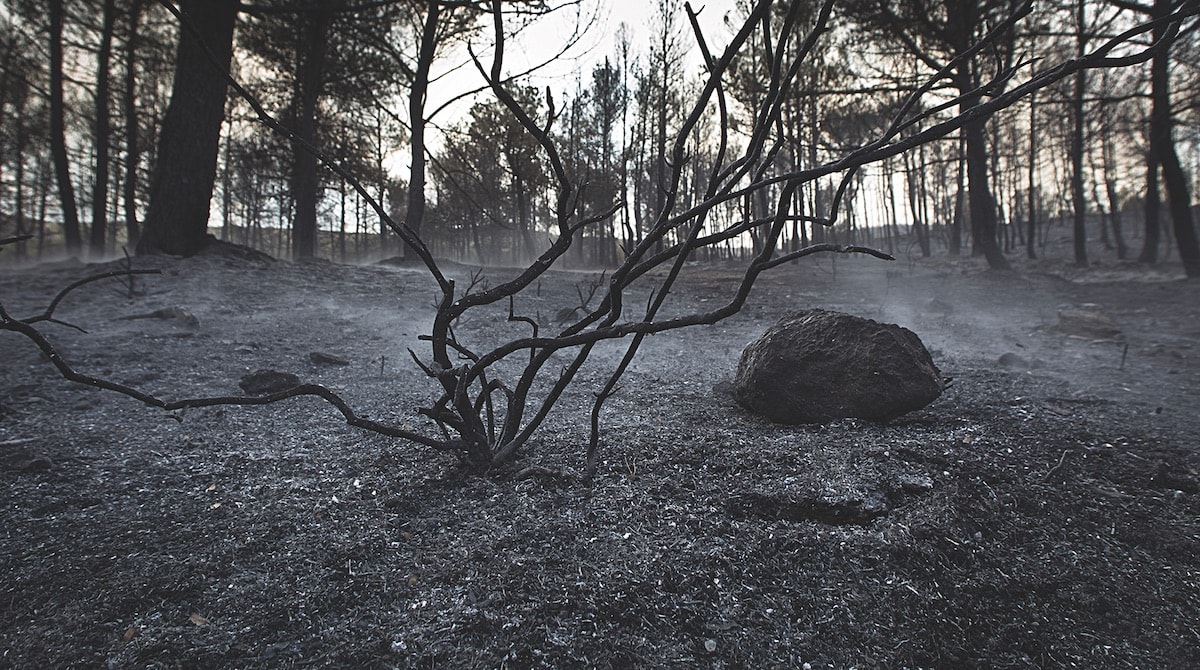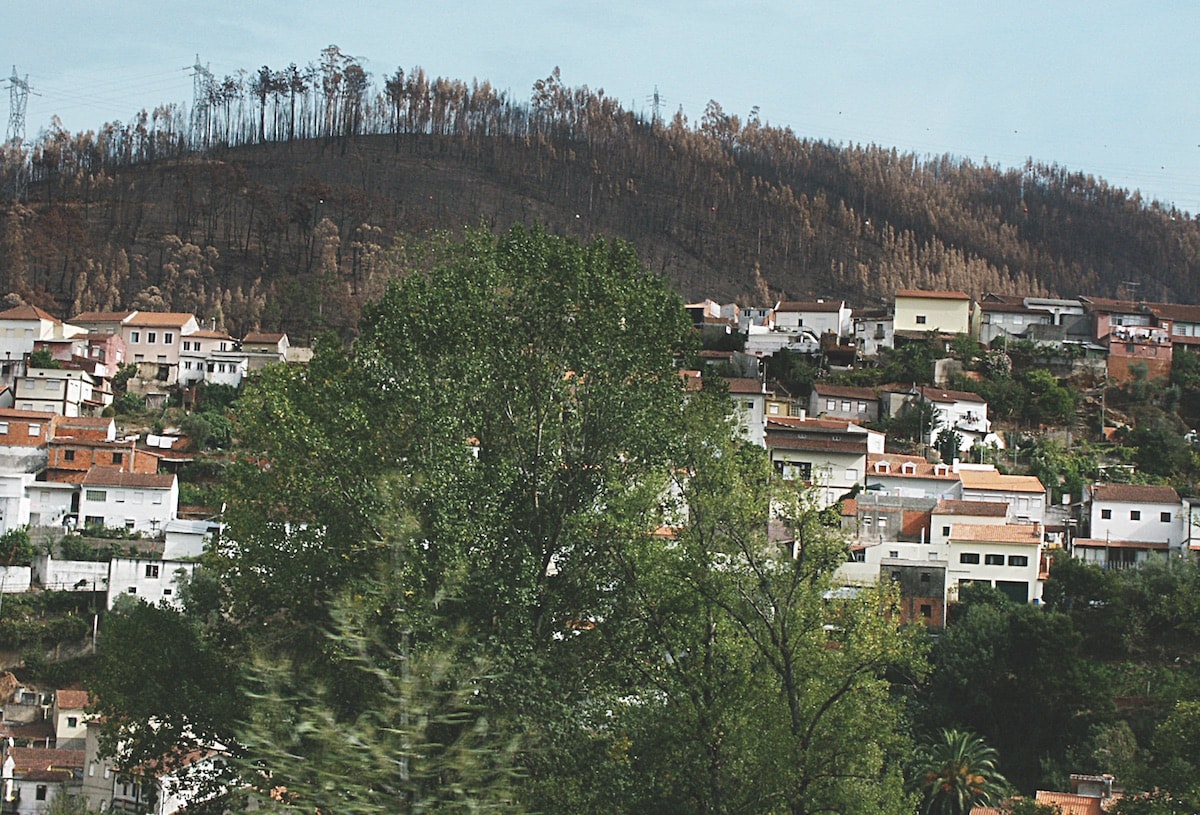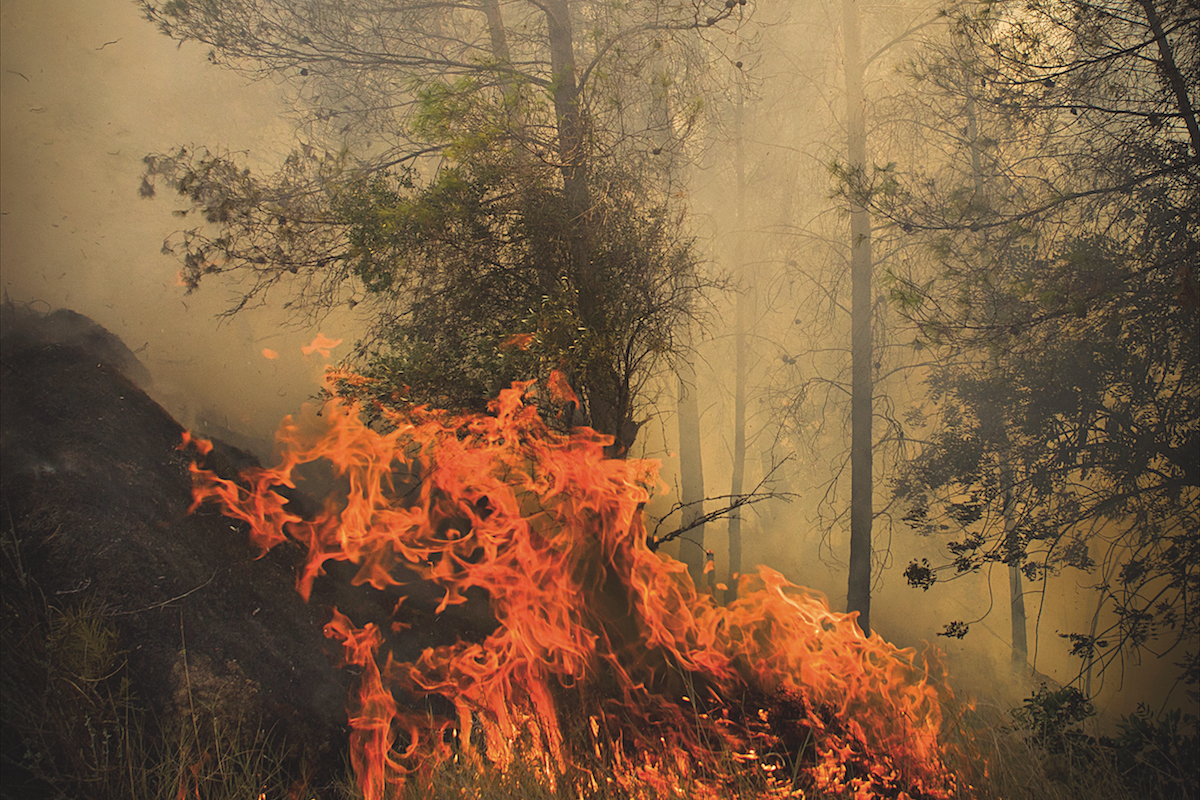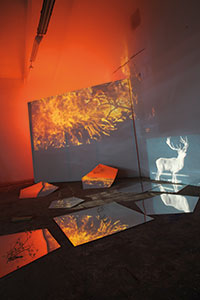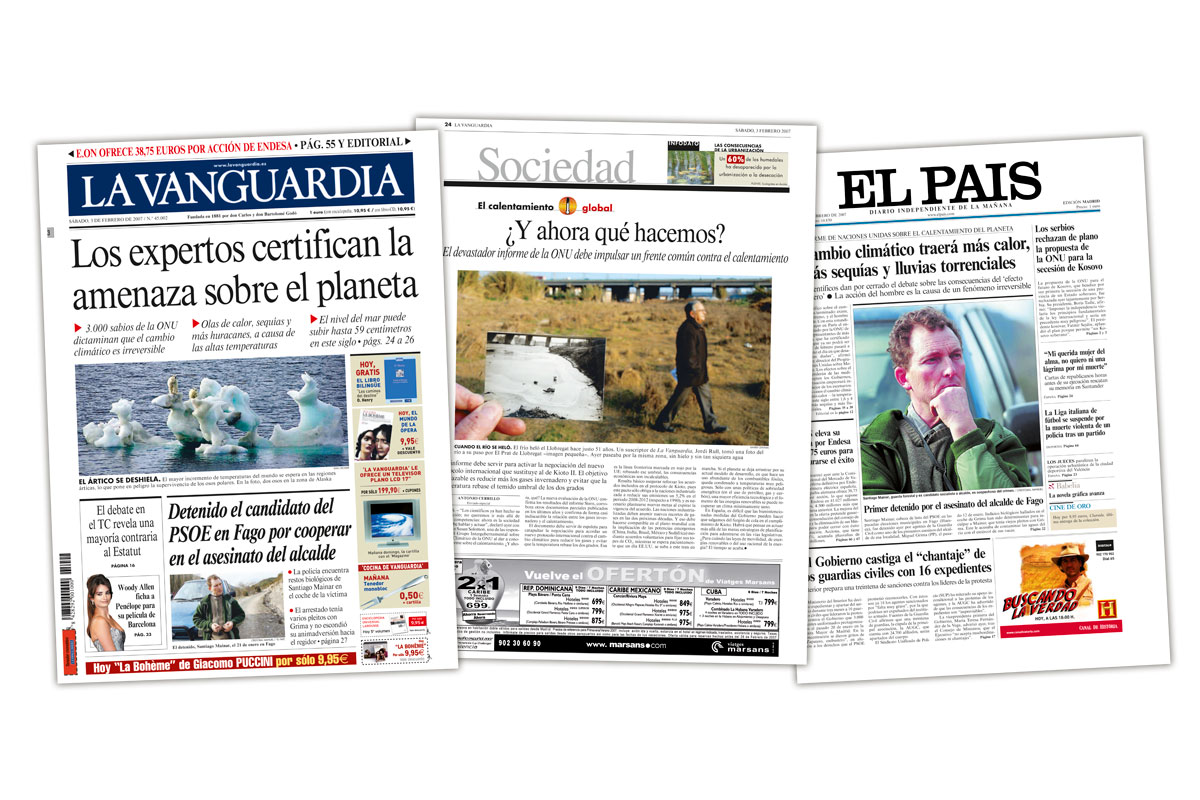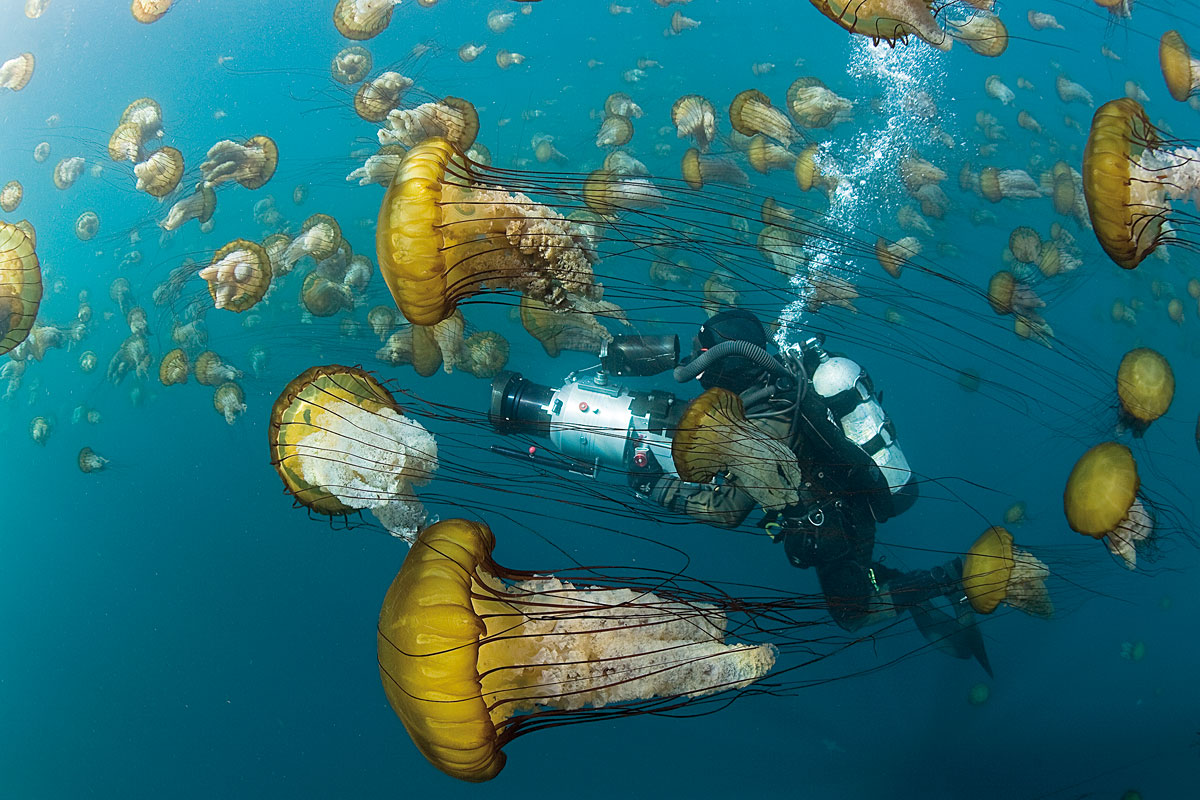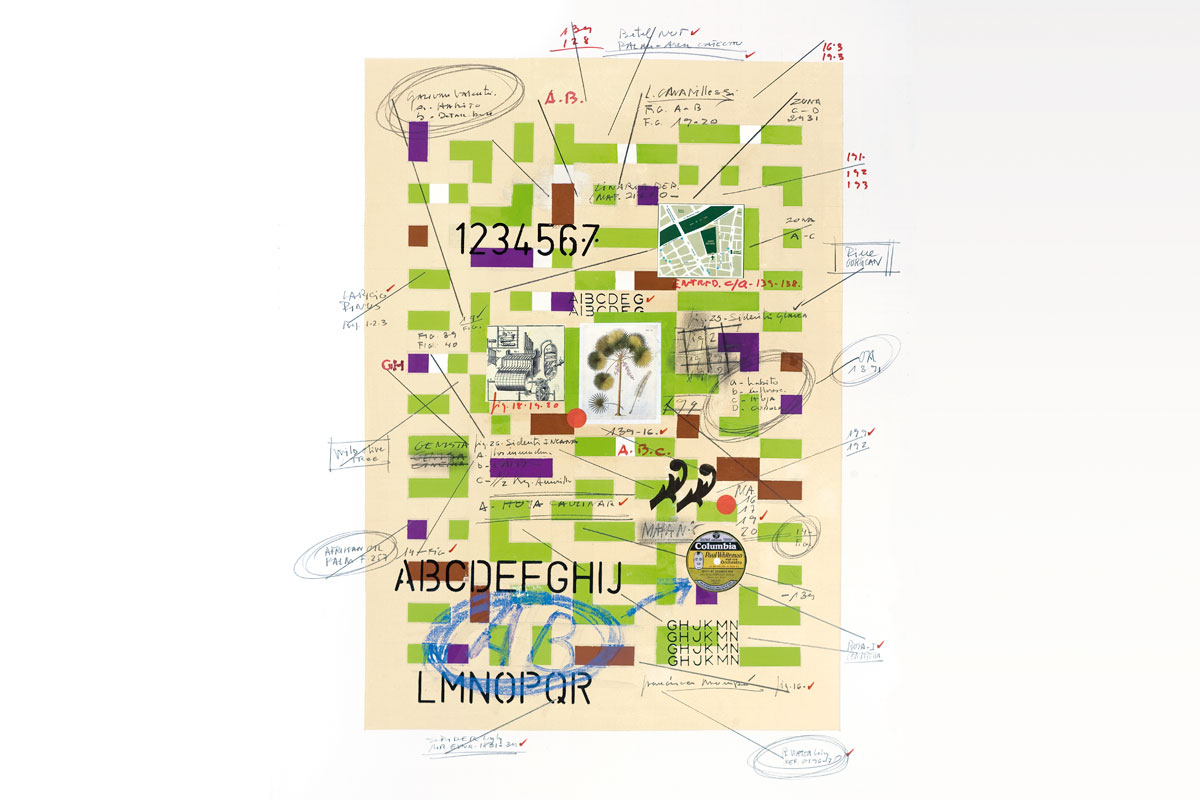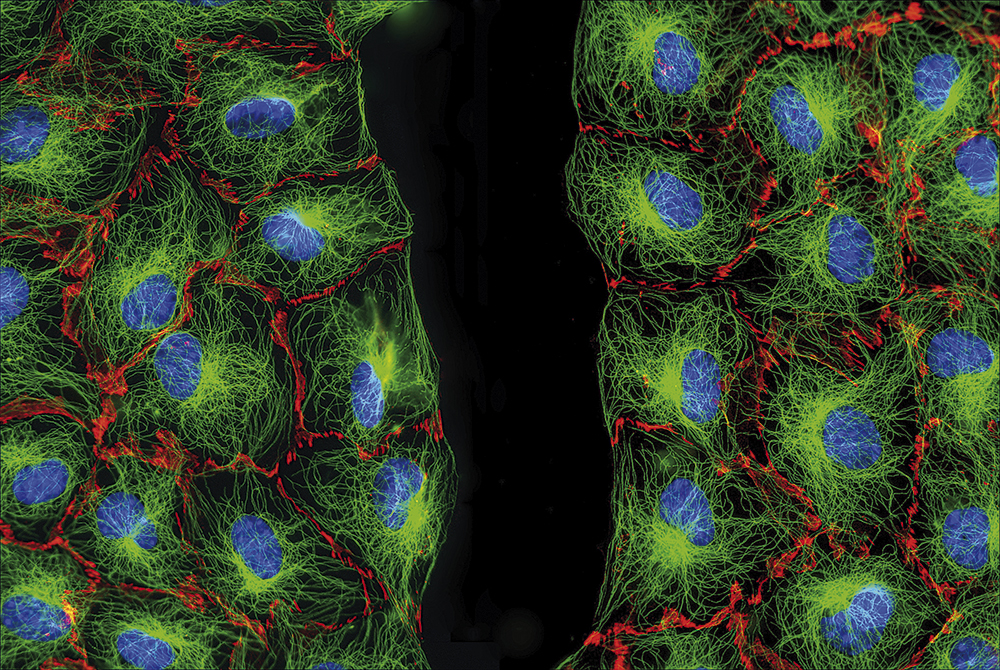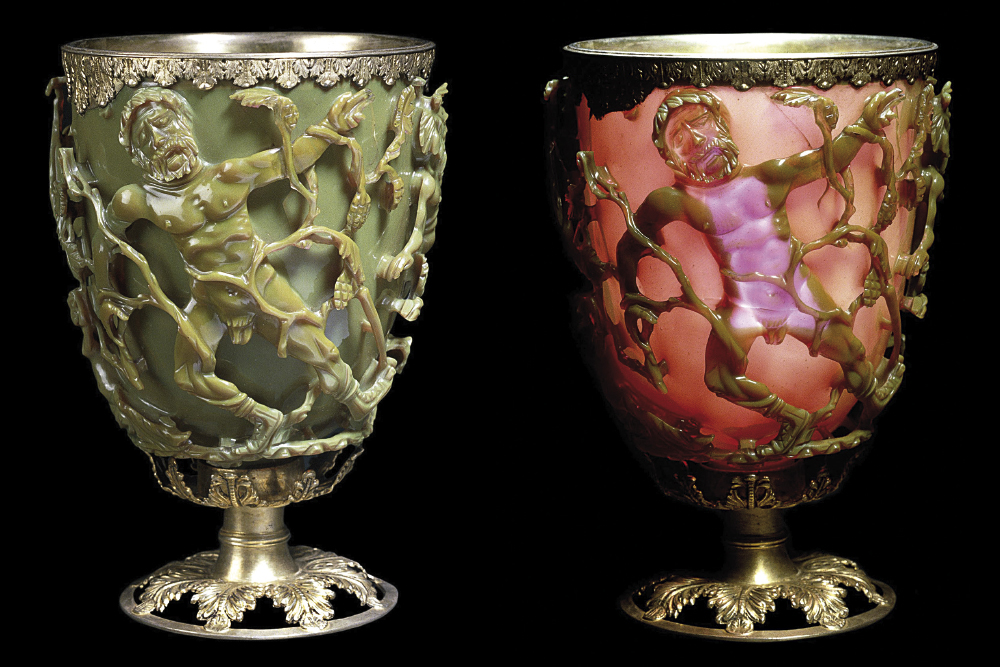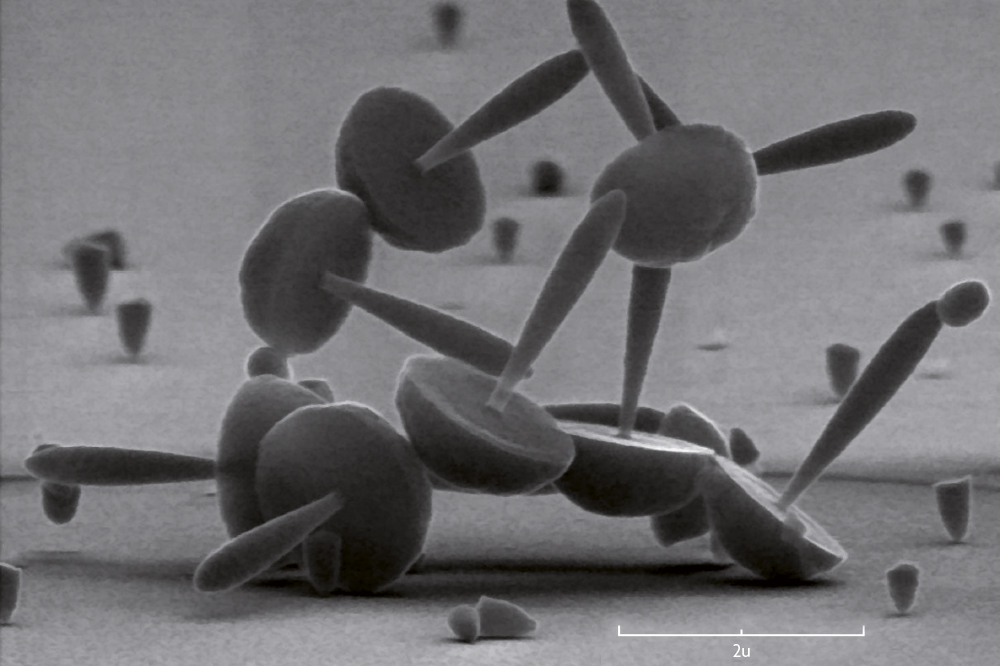Search
Interview with David Attenborough
Nature photographers capture landscapes and animals or plant species for posterity, which subsequent generations may otherwise be unable to see. This article reviews the origins of nature photography.
In Spain, the only programmes devoted to information on the environment are broadcast on public television channels. Private channels do not spend a minute on environmental slots.
The gradual melting of the Arctic, the subsequent opening of new shipping routes and easier access to various natural resources comprise a topic that mixes climatology, geology, technology, economics and
[caption id="attachment_3091" align="alignnone" width="765"] The future of food lies in personalized nutrition, that is, smart diets designed according to the specific demands of individual genotypes and their history / ©
Research shows that fire promotes the creation of new substances and speeds up mineralisation, also encouraging the production of recalcitrant forms of organic matter.
We ask ourselves whether natural populations, abiotic properties and the economy and society in the affected area will recover over time. This question comes up after each wildfire but to answer it is complex.
Forests cover a large part of Catalonia (63%) and this means their management is critical to good spatial planning. Prescribed fires help prevent major wildfires, which have marked recent history, they also help to reintroduce a natural element in the Mediterranean forest: fire.
Fire requires three elements: ignition, oxygen and fuel. All three are present in terrestrial ecosystems, thus fire has become a component of environments. In this sense, the Mediterranean ecosystem’s adaptation to fire is evident.
While scientists speak of fire as a natural process within a cultural landscape, the general public continues to see it as a negative factor. We review the current status of management, science and innovation in this field.
© M. Lorenzo It is worth paying special attention to children's and teenager's exposure to radiofrequencies, since they are more sensitive to them than adults are. The mobile phone is a
[caption id="attachment_4954" align="alignleft" width="200"] Javier Riera. Making of Fire 1, 2011. Photograph on paper, variable dimensions. / In this Mètode monograph we see through the eyes of the artist Javier
Environmental journalism has been instrumental to promote awareness that nature must be respected. However, reactionary sectors of society are using it to confuse public opinion.
Within the field of scientific communication, environmental issues have taken a prominent role in the last two decades. This has earned them a special place in the media.
There is a solid body of literature on ethical aspects of nanotechnology, but it comes almost entirely in the secular voices of professional ethicists. Meanwhile, recent studies show that religious
Tininess Makes a Huge Impact: Semiconducting and Metallic Nanoparticles. Defying the conventions of linguistic repetition, the prefix nano springs up in all languages with unusual force. Nanostructure, nanofiber, nanocrystals, nanowires, nanotubes,
Miniature Universe: Challenges Facing Molecular Nanoscience. The molecular field of Nanoscience is an area as yet little explored in Nanoscience. This may be because, compared to simpler atom-based nano-objects, the larger
[vc_row][vc_column][vc_column_text] Nanoscience has progressed over the last 50 years from a scattered set of basic but outstanding breakthroughs to hundreds of research groups world-wide, continuously announcing the discovery of novel nanomaterials



